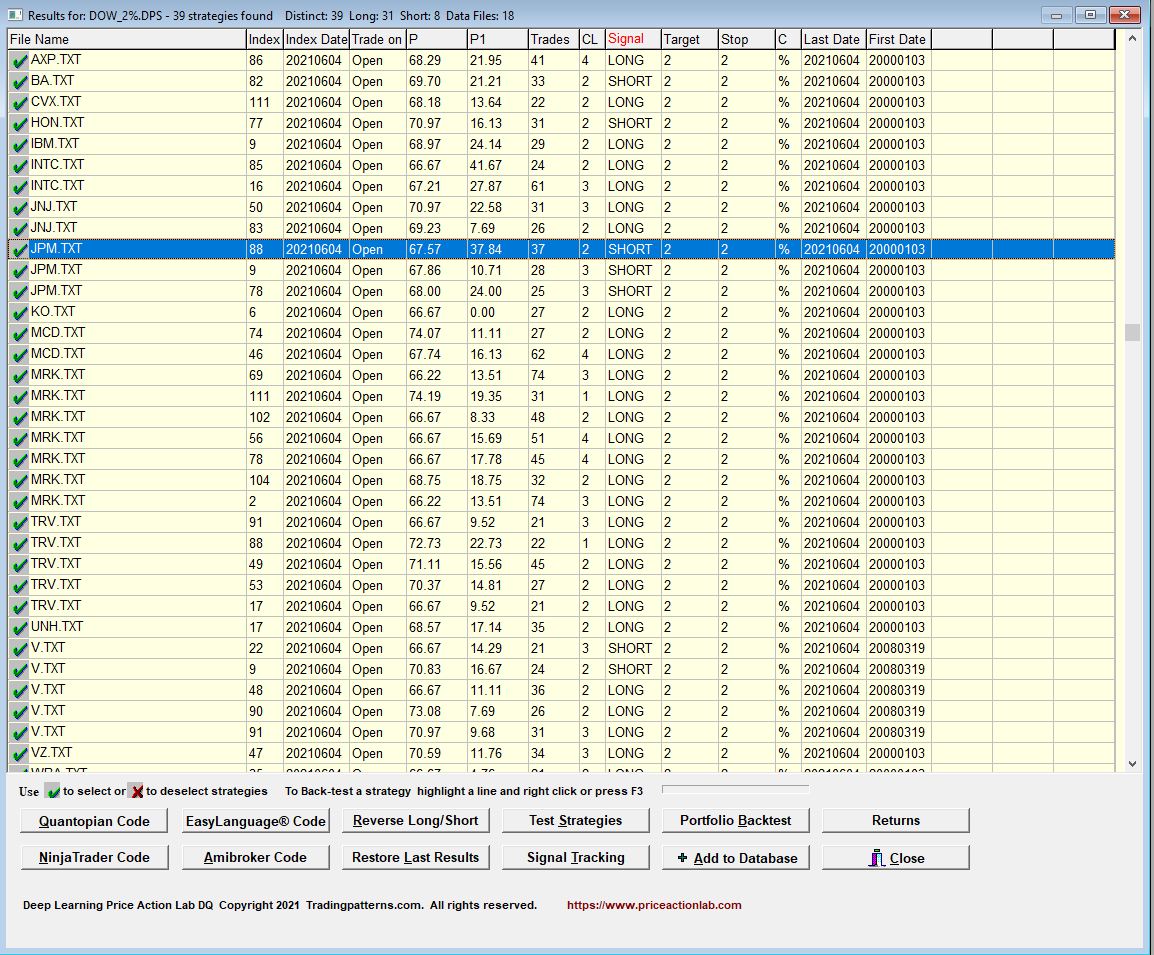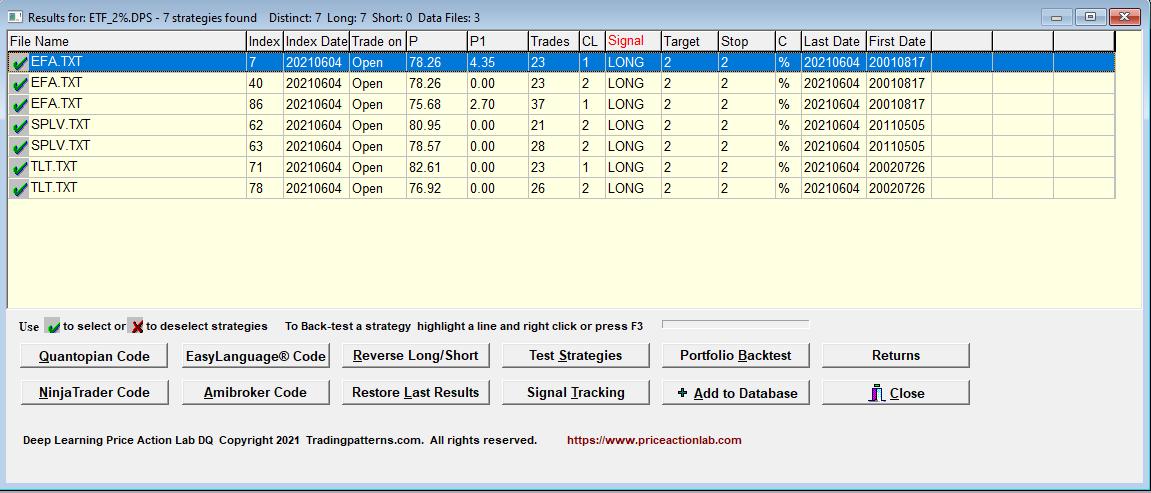Most traders use discretion and don’t follow specific strategies. Various methods are used in trading the markets including fundamental and technical analysis depending on timeframe of operation. In this article we discuss how short-term discretionary traders may benefit from quantitative analysis.
Using trading strategies is not for everyone and even some of those who have the skills to properly develop and test them often prefer to use discretion in their decisions. Most traders use combination of fundamental and technical methods for deciding what markets to trade, when to trade them and how much to risk. This is the predominant mode of operation of most market participants, especially in the retail sphere.
Quantitative analysis has the potential of providing a wide range of possibilities to discretionary traders. Especially when the tools used do not require any programming, there may be added value since discretionary traders are always under the pressure of time to make decisions.
Some of the advantages of discretionary trading assisted by quantitative analysis are:
- Possibilities not available by traditional methods.
- It can deal with many markets and securities.
- It can offer flexibility in managing risk.
- Valuable time savings from visually inspecting charts.
Next we show how DLPAL software can be used by discretionary traders. Although the software was original intended to be used for trading strategy development, along the way we discovered some customers were using it as a tool to assist them in their discretionary trading decisions. Note that DLPAL software comes in two versions as described in more detail here. The software identifies short-term price action anomalies (version DQ) or does feature construction (version LS.)
Users of DLPAL DQ can add strategies to System Tracking and with a click of a mouse generate signals. Alternatively, code for these strategies is generated automatically for various platforms. For more details click here.
DLPAL DQ offers capability of scanning any number of markets and securities for price action anomalies in daily and weekly timeframes. The program looks only for signals in any number of securities as of the last date in updated data files. Below is an example in the case of Dow 30 stocks.
It may be seen hat there are multiple signals for some stocks and there may be also conflicting signals. Usually we consider a relatively high number of signals, long or short, without conflicts, as a potential high probability setup.
Below is an example for ETFs.
In a nutshell, DLPAL DQ may offer a wide range of possibilities for further discretionary analysis. Validations tools are available including robustness and portfolio backtest tools to increase the statistical significance of the results. For more details click here.
DLPAL LS calculates a set of features that measure the directional bias of securities. This version may be of value to quant discretionary traders for ranking securities according to directional bias in daily and weekly timeframes. Below is an example for S&P 500 stocks.
For each stock, a number of features are calculated: P-long and P-short are the long and short directional probabilities, respectively, P-delta is the directional bias, P-long minus P-short and S is a measure of the significance of the result.
DLPAL LS results can be used to rank securities, find long/short pairs or groups and provide possibilities for further investigation using other methods. Click here for more details.
No programming required
One significant advantage of the tools described above is that no programming is required. This is important especially to discretionary traders that are under pressure to identify opportunities in the markets. Another major advantage is that the output of these tools is completely deterministic unlike that of some tools based on neural networks or genetic programming. DLPAL is not based on permutations of price action features but on a proprietary deterministic algorithm for identifying anomalies in price action.
DLPAL manual and articles docs
Brief introduction to all versions: DLPAL Software: What You Can Do With It








